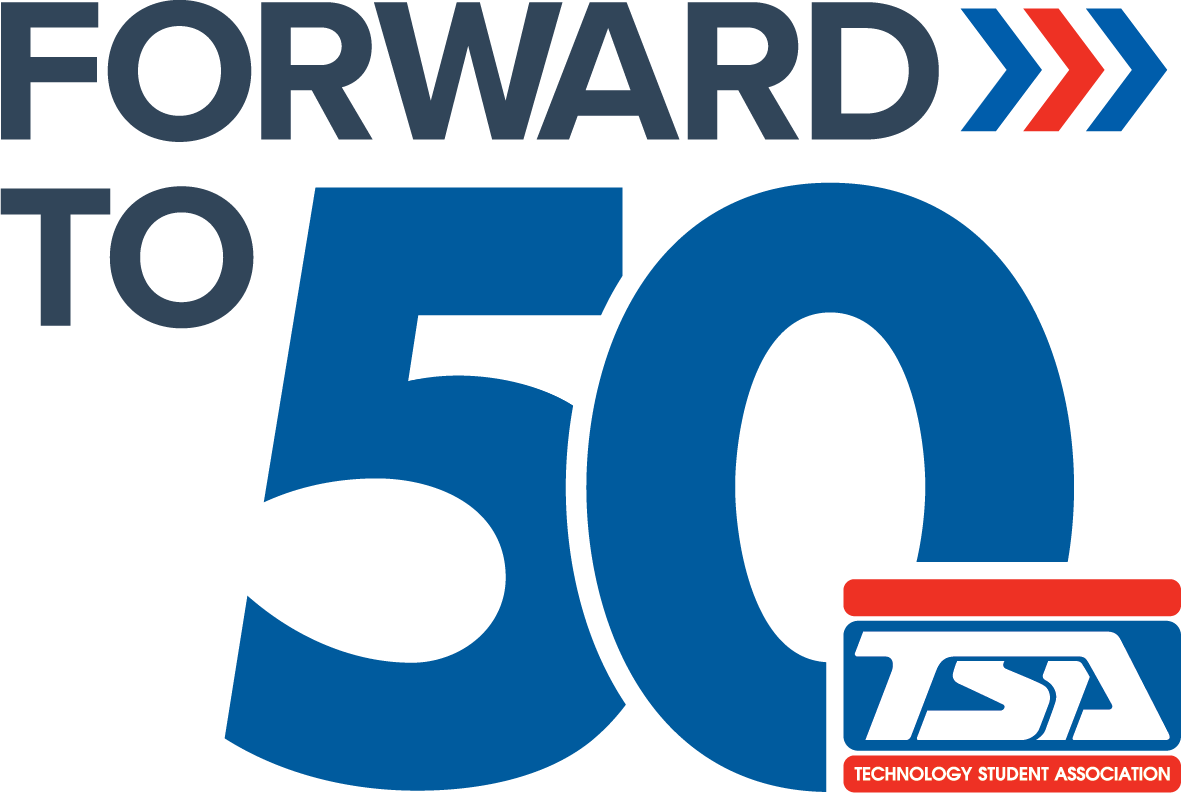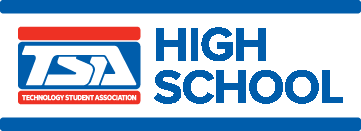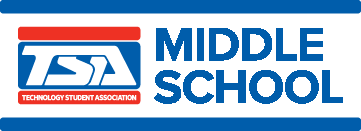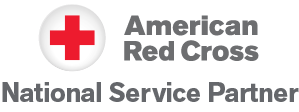REASONS TO JOIN TSA
- STEM competitions
- Career and technical skills development
- Leadership opportunities
- Local, regional, state, and national conferences
- Achievement Program
- Networking with members and industry professionals
- Scholarships and awards
- FUN!
COMPETITIONS
I am interested in competitions for...
High School
Middle School
Flight Endurance
Participants design, build, fly, and adjust (trim) a rubber-band powered model aircraft to make long endurance flights inside a contained airspace. Documentation (including elements such as attributes of the model design, drawings, and an analysis of the trim modifications), an inspection of the model and the required model flight box, and official times for two flights are aspects of the evaluation
Forensic Science
Participants take a test of basic forensic science to qualify for the semifinal round of competition. Semifinalists examine a mock crime scene and demonstrate their knowledge of forensic science through crime scene analysis, with the findings synthesized in a written report/analysis.
Future Technology Teacher
Participants research a developing technology, prepare a video showing an application of the technology in the classroom, and create a lesson plan/activity that features the application and connects to the Standards for Technological and Engineering Literacy (STEL), as well as STEM initiatives and integration. Semifinalists demonstrate the lesson plan and answer questions about their presentation.
Geospatial Technology
To address the issue presented in an annual theme, participants interpret geospatial data and develop a digital portfolio containing maps, data, and pertinent documentation. Semifinalists defend their projections and visual infographic during a presentation/interview.
Manufacturing Prototype
Participants design, fabricate, and use Computer Integrated Manufacturing (CIM) to create a product that addresses the annual theme. A documentation portfolio and the completed product prototype are submitted for evaluation. Semifinalists give a product “sales pitch” and demonstration.
Music Production
Participants produce an original musical piece that reflects the annual theme on the TSA website under Themes & Problems. The quality of the musical piece and required documentation (including elements such as a plan of work, self-evaluation, and a list of hardware, software, and instruments used) determines advancement to the semifinal level of competition, during which semifinalist participants are interviewed.
Computer Aided Design (CAD) Foundations
Participants demonstrate their understanding of CAD fundamentals by creating a two-dimensional (2D) graphic representation of an engineering part or object and answering questions from evaluators about their entry.
Electrical Applications
Participants take a test on basic electrical and electronic theory. In response to an onsite challenge, semifinalists assemble a specified circuit from a schematic diagram, make required electrical measurements, and explain their solution in an interview.
Inventions and Innovations
Participants research a need - and brainstorm a solution - for an invention or innovation that can be produced using recycled materials. Participants document their work in an interactive display and create a model/prototype. Semifinalists deliver a presentation about their work and participate in an interview.
Problem Solving
Participants use problem-solving skills to design and build a solution to an onsite challenge. Solutions are evaluated using measures appropriate to the challenge, such as elapsed time, horizontal or vertical distance, and/or strength.
Technical Design
Participants demonstrate their ability to use the technical design process to solve an engineering design problem provided onsite at the conference. Required elements of the entry are presented in a portfolio that includes technical drawings for a minimum of three viable solutions.
Video Game Design
Participants design, build, provide documentation for, and launch an E-rated, online game on a subject of their choice. Onsite at the conference, semifinalists deliver a presentation and participate in an interview to demonstrate the knowledge and expertise gained during the development of the game.
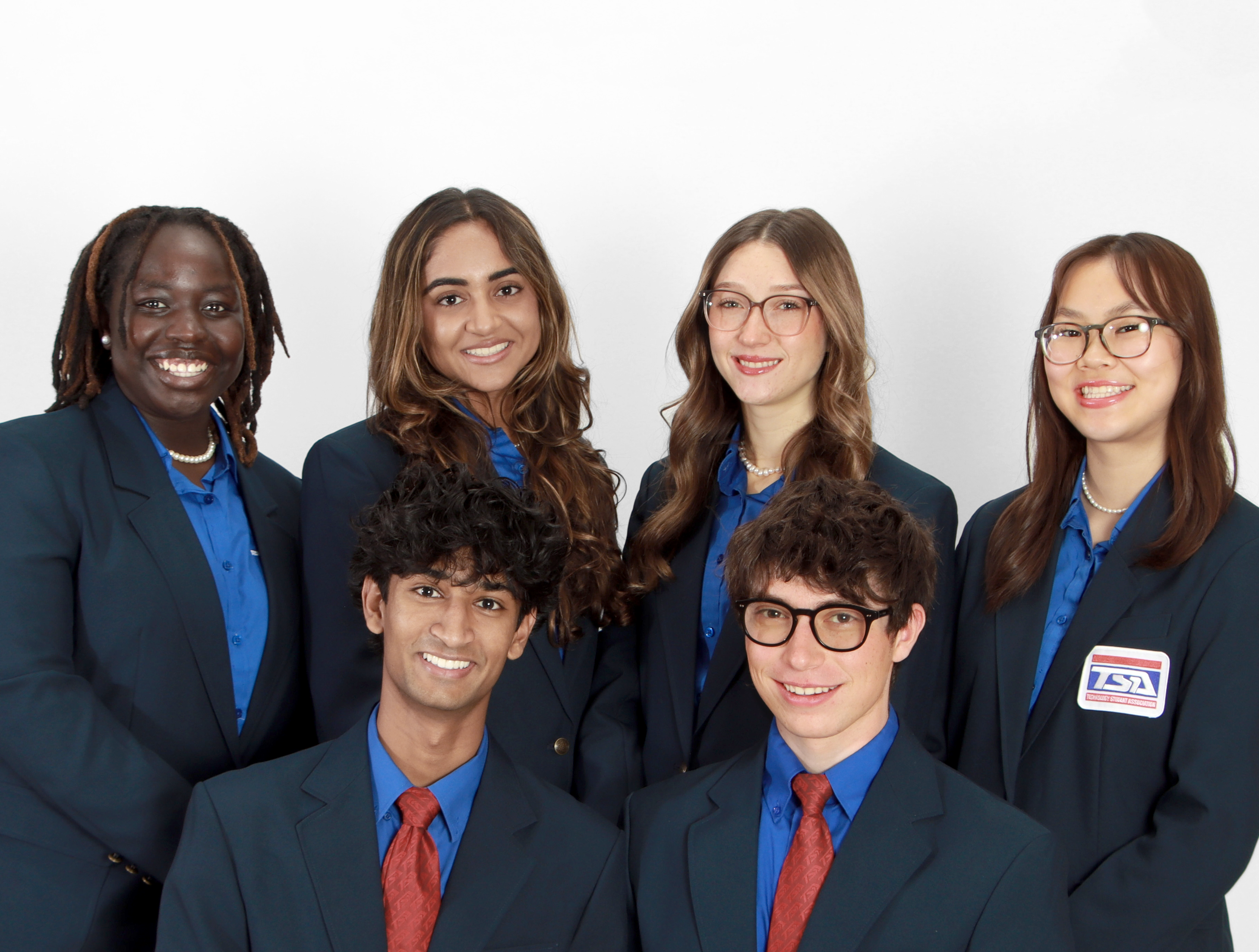
LEADERSHIP
RESOURCES
Affiliated TSA members have access to resources to help enrich their TSA experience. Some highlights include:
PROGRAMS & INITIATIVES
- Forward to Fifty (F2F)
- Awards and Scholarships
- Leadership Program
- National Service Project
- TSA Achievement Program, Pathways to Excellence

